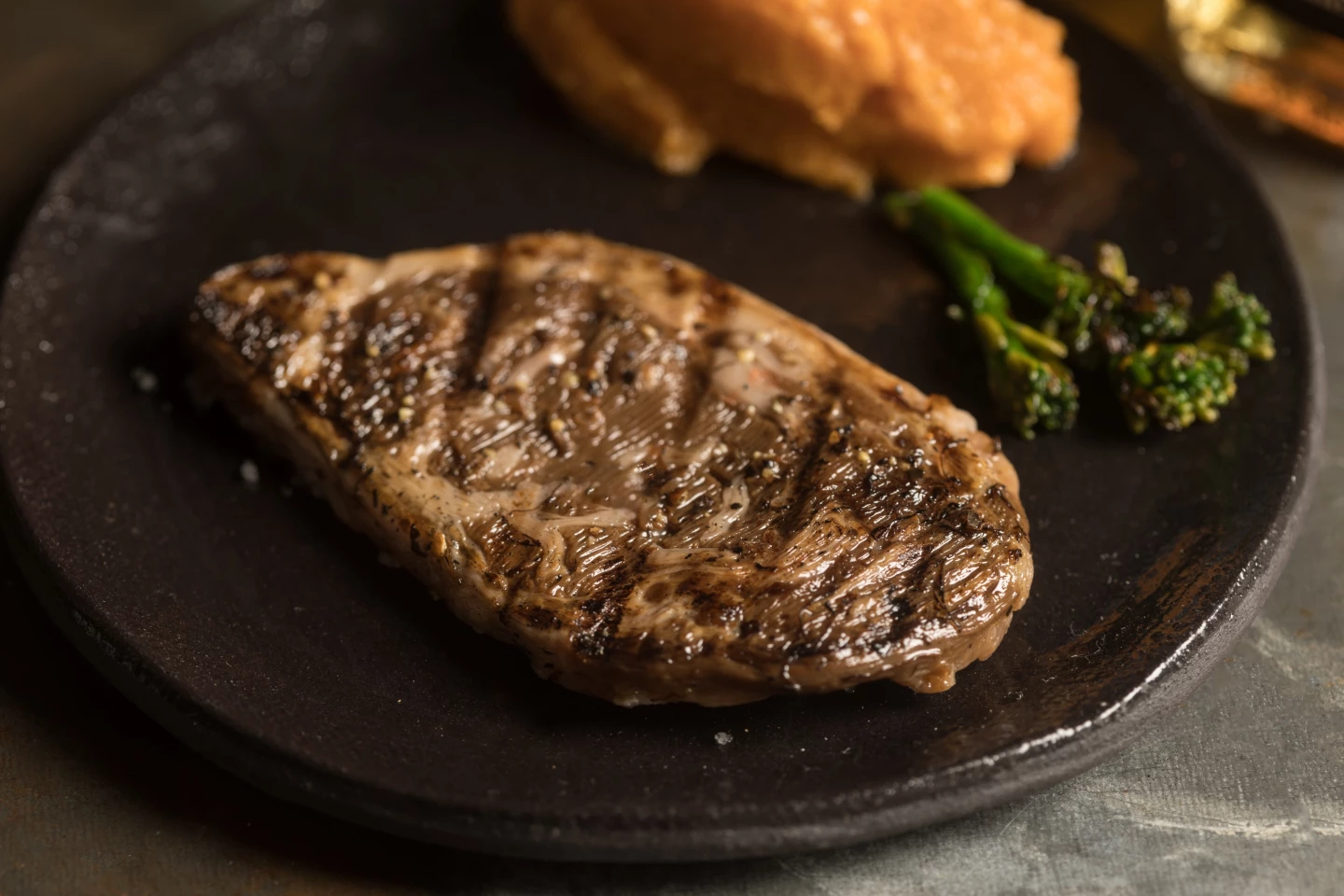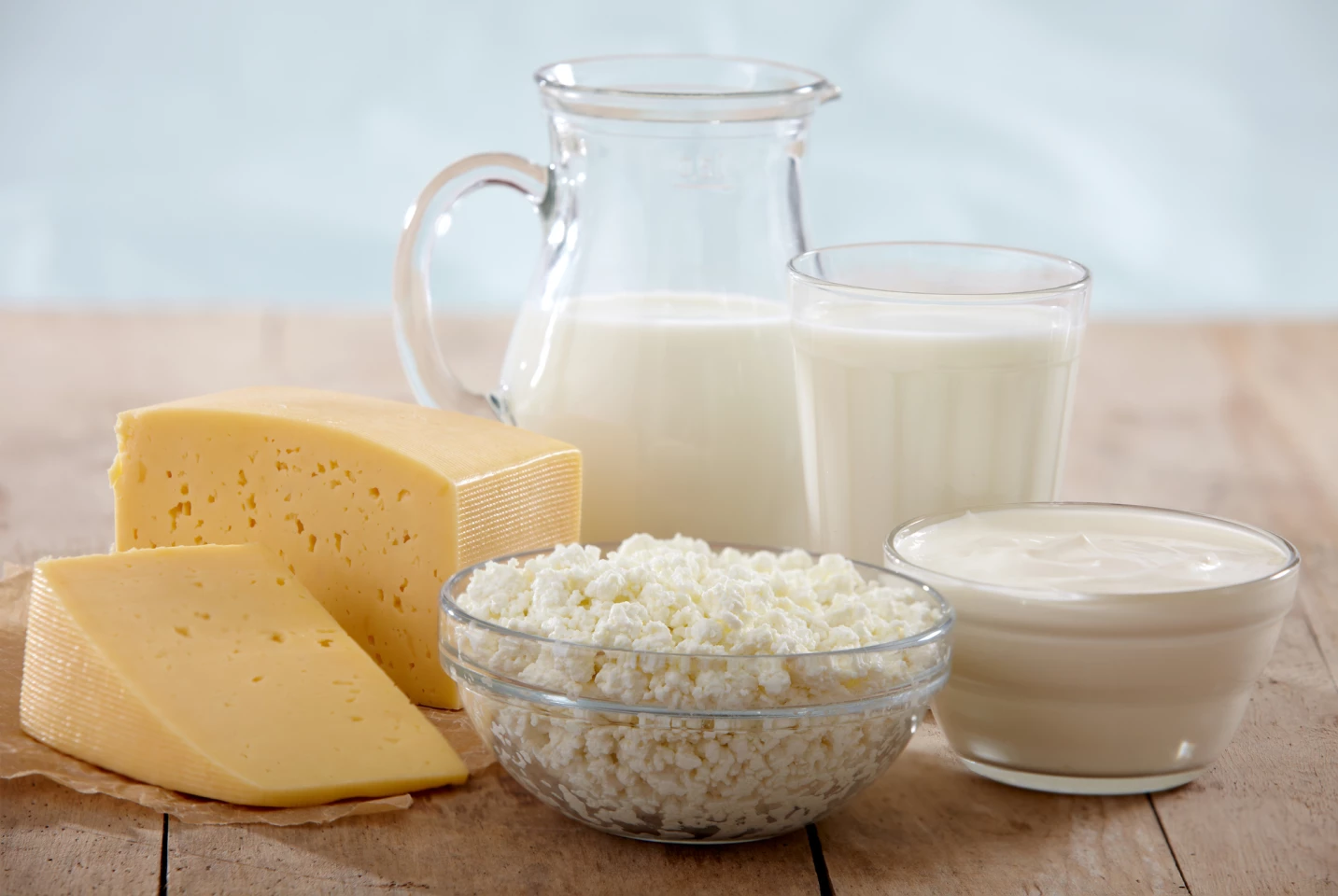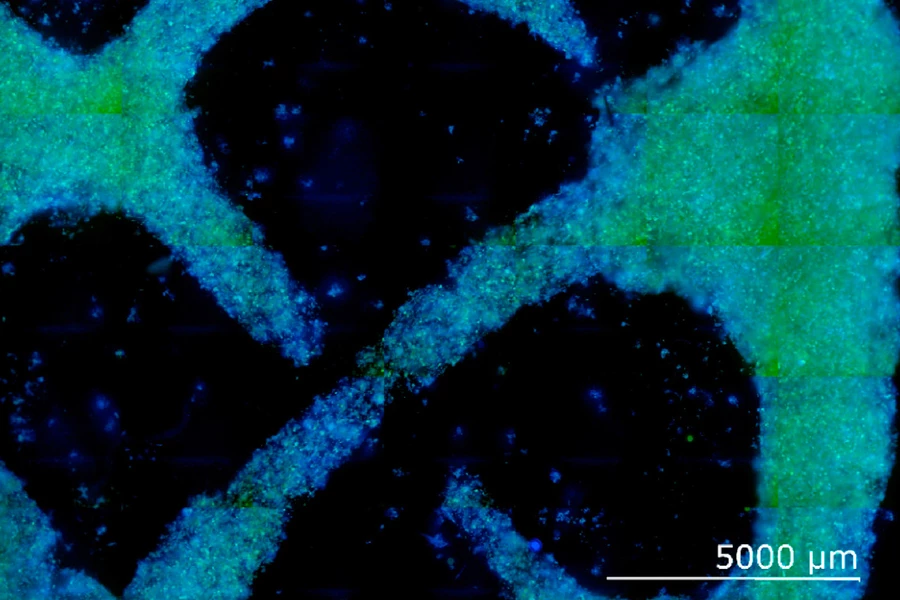Science fiction has long floated the idea of a device that can produce any kind of object one can imagine. Star Trek called it a replicator, while other writers have referred to it as a Santa Claus Machine.
We may be centuries away from a single machine that can conjure up whatever we demand at a moment’s notice, but we are not far off creating a variety of things we desire in laboratory conditions. We currently rear animals for meat and dairy, cut down forests for wood, harvest organs from the deceased and mine the earth for diamonds.
But what if all these things, and more, could be grown in a lab?
Meat
Over half of the planet’s agricultural land is taken up by meat production. Lab-grown meat alternatives have been a focus of researchers for decades and over the last few years these innovative technologies have come closer and closer to supermarket shelves.
Creating something akin to ground beef mince was first cracked over a decade ago, but several issues slowed the development of the technology. Growing mince from cells in a lab may be one thing, but creating complex structures like steaks has proved challenging until quite recently.

In 2018 Israel company Aleph Farms presented the world’s first lab-grown steak and then earlier this year it revealed that its novel 3D bioprinting technology could now create any type of steak. A thick-cut rib-eye steak produced entirely in a lab was shown as proof of the new technology.
The other big problem slowing down progress in the lab-grown meat industry has been cost-effective scaling. When the first lab-grown burger was revealed in 2011 it came with an eye-watering price tag of US$345,000.
By 2021 those costs had been substantially driven down. Chicken is looking likely to be first type of lab-grown meat to hit commercial shelves, with the world’s first industrial-scale cultured meat facility recently opening in Israel. The company behind the factory says it can currently produce over 1,000 pounds of lab-grown chicken per day.
Dairy

Ice cream, butter and cheese all start with milk, often cow's milk. Alongside certain fats, vitamins, minerals and water, a couple of key proteins are needed to make milk: whey and casein.
To create an animal-free milk virtually identical to cow's milk, several biotech companies have come up novel ways to produce these key milk proteins. Perfect Day is at the front of the pack, using engineered fungi to produce them. Imagindairy is another company working to produce animal-free dairy, this time from bioengineered yeast.
Perfect Day has started joining forces with food companies to produce animal-free dairy products using their novel lab-grown milk proteins. The first target is ice cream, and several products are already on supermarket shelves in the United States.
Diamonds

Diamonds are made of pure carbon. They are the result of millions of years of high pressure and high temperatures deep within the Earth. But for well over half a century scientists have been able to effectively create diamonds in laboratory conditions.
For much of the 20th century a public relations battle soiled the reputation of lab-grown diamonds, despite them being chemically and physically identical to naturally found diamonds. Technological and manufacturing advances have made lab-grown diamonds cheaper, while environmental and ethical concerns have led many to shun the problematic diamond mining industry.
In 2018 jewelry giant De Beers did something it said it would never do. It started an entire lab-grown diamond jewelry line. In 2021 the world’s largest jewelry manufacturer and retailer Pandora went even further, announcing it would no longer sell mined diamonds at all.
Wood

From paper to construction to heating, wood is still a vital resource for most day to day activities. But can it be grown in a lab? A recent project led by a PhD student at MIT suggests it is possible.
Beginning with live plant cells that were cultivated in a growth medium, the scientists developed a way to coax those cells into wood-like structures. Two specific plant hormones were used to trigger the cells into producing lignin, an organic polymer that gives wood its firm nature.
A gel matrix was then used to guide the shape of the cellular growth. And the structural characteristics of the wood-like material could be controlled by varying the levels of plant hormones that regulate the production of lignin.
It is still very early days for this technology but the proof-of-concept is sound. It is possible this technique could, in the future, be used to “grow” wood-like structures into whatever shape one would want – tables, chairs, doors, etc.
Blood

Advances over the past few decades have helped scientists coax stem cells into a variety of mature cells. But making blood cells in a lab has proved a little more challenging.
However, a couple of recent advances have changed the game. In 2017 two separate research teams presented studies offering new techniques turning human pluripotent stem cells into blood stem cells.
We are certainly still a way off producing whole blood products in a lab, but there is now a clear path forward. Unlimited supplies of lab-grown blood for transfusions is not science fiction anymore.
Organs

Researchers have passed the first step toward growing full-sized human organs in a lab. A number of innovations in recent years have led to development of fully functional mini-organs, known as organoids.
Hearts, lungs and even brains have all been coaxed out of stem cells in lab dishes. So far these organoids are simply a tool for studying human diseases but taking the technology to the next level and growing large human organs in a lab is not impossible.
UK researchers last year showed off a cutting edge bioengineered scaffold system that could grow an entire full-sized functioning human thymus just from stem cells. There is cautious optimism in the field suggesting that while there may be a long way to go before we get to lab-grown human organs, we are on the right track.
Cars

Ok, this one is outlandish and entirely in the realm of crazy concepts but Mercedes Benz’s ambitious BIOME idea from 2010 shows just how far you can run with this idea. We may not be growing supercars anytime soon, but fantastic sci-fi ideas are nonetheless becoming increasingly plausible.
“The interior of the BIOME grows from the DNA in the Mercedes star on the front of the vehicle, while the exterior grows from the star on the rear,” Mercedes-Benz explained when launching the concept. “To accommodate specific customer requirements, the Mercedes star is genetically engineered in each case, and the vehicle grows when the genetic code is combined with the seed capsule. The wheels are grown from four separate seeds.”
And this short list of potential lab-grown things is just the tip of the iceberg. Silk, chocolate, leather and a huge array of other foods and materials are under the scientific microscope.




